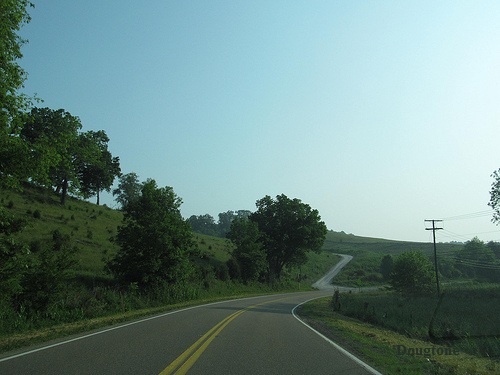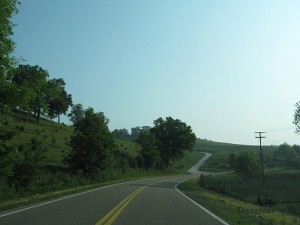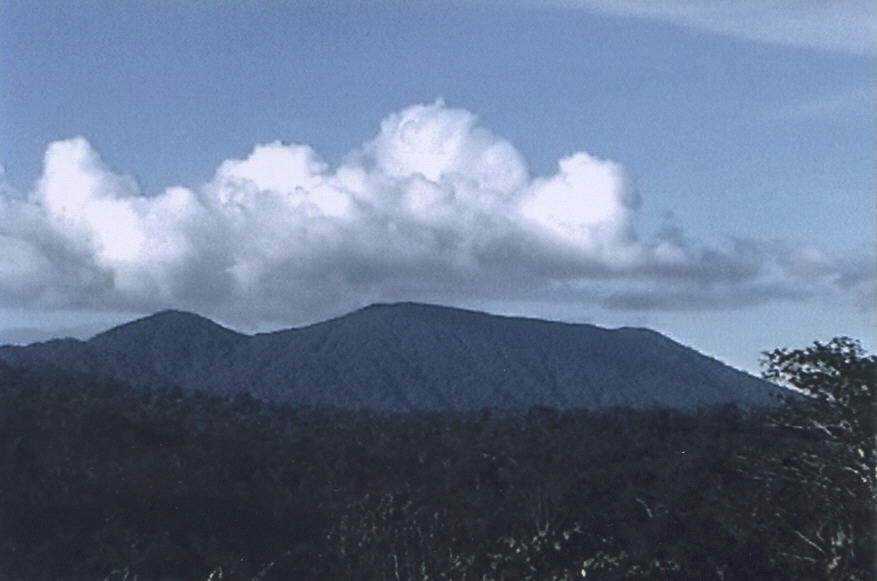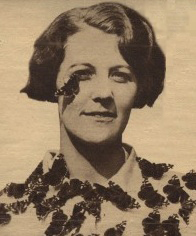I don’t recommend The Van Meter Visitor for those who are ignorant of live-pterosaur investigations, for this book may keep those readers ignorant of the best explanation for the strange winged creature seen in Van Meter, Iowa, in 1903. But this book may nevertheless be useful for the reader open to the possibility that the authors of this paranormal book are themselves ignorant of the plausibility of live pterosaurs. I believe those authors would have done much better if they had researched recent sightings of apparent bioluminescent pterosaurs.
The Van Meter Visitor explores a number of paranormal possibilities for a large winged creature, described by one eyewitness as “half human and half animal,” with “great bat-like wings.” I am grateful that somebody published what this book contains, after doing thorough research on what happened in this little town 110 years ago. The literary quality, however, I found wanting and more like from a sincere effort from talented hard-working researchers than from talented writers.
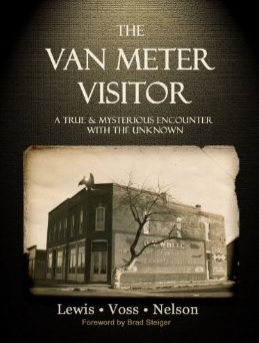
The Van Meter Visitor – by Lewis, Voss, and Nelson
From Chapter Seven (where the major action begins):
Clearly this was not a light the doctor recognized. He instantly knew no one was seeking his help for a medical emergency or simply stopping by at an odd hour peeking in to see if he was awake—this was different. Wasting no time, and feeling the empowering effects of adrenaline mixed with what must have been annoyance for whomever awoke him, he ran outside the building to confront his conundrum. The ground still wet from the passing showers and the air filled with the familiar smell of freshly fallen leaves, he was challenged with something or other that seemed beyond his years of experience.
Iowa in Context
Citizens in many states of the USA have reported encounters with apparent living pterosaurs, including the following states in the central part of the country:
- Kansas
- Missouri
- Iowa
- Wisconsin
- etc.
###
.
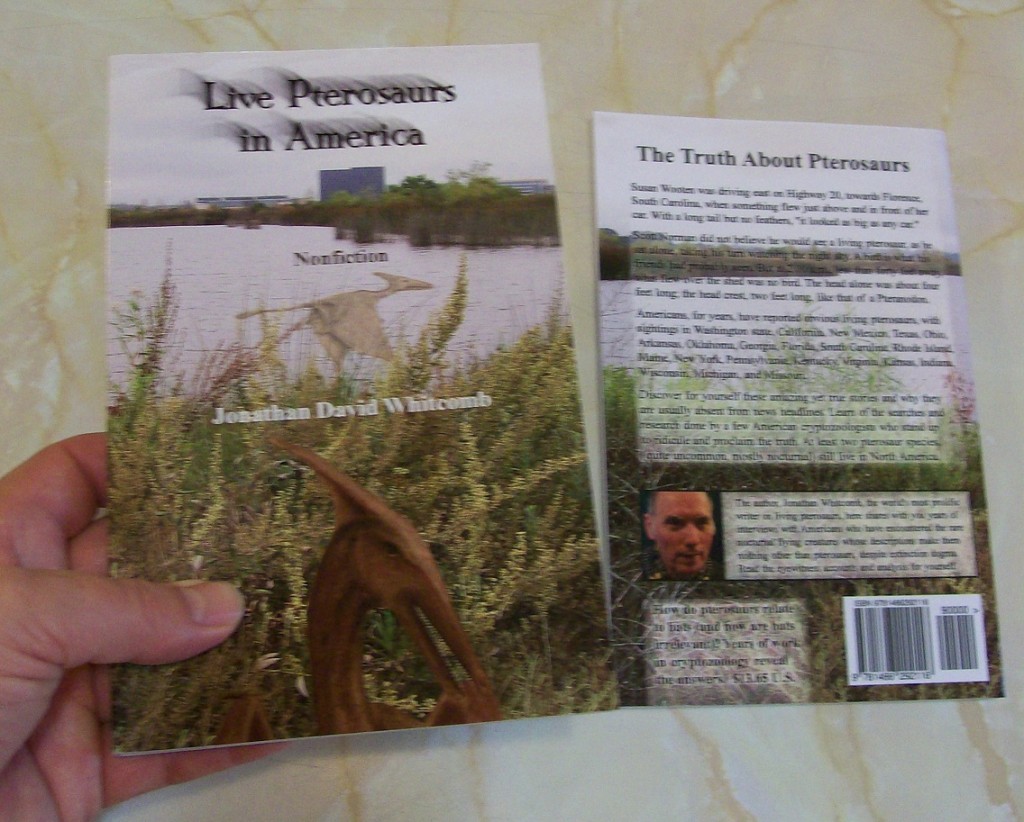
Live Pterosaurs in America – third edition – by Jonathan David Whitcomb
.
From a review of the first edition:
This seems to be the author’s second book on the subject, and this one is worth the effort. He has focused on the accounts of witnesses who saw something, and that adds credibility. The writing is easy to read and he adds comments and analysis to make it all more useful. Mostly, the author lets the sightings speak for themselves, which is good. A worthwhile book. [November 26, 2010, review by Red Rabbit, Amazon Verified Purchase]
From a review of the second edition:
I thought this book was extremely well researched and written in an engaging style. I could hardly put it down. One thing that really impressed me in all the presentations of eye-witness accounts was the absolute lack of dogmatism. The author never tells the reader what he MUST believe, or how he OUGHT TO interpret the date. Instead, he points out eye-opening trends among the data, asks some thought-provoking questions, then leaves it to the reader to decide for himself. [February 27, 2013, review by Lisa Roark, Amazon Verified Purchase]
From a review of the third edition:
This book is one of the best books that I have ever read! It reminds us to have an open mind and that the things we have all been taught as fact ….may not be fact at all. [March 21, 2013, review by Laura, Amazon Verified Purchase]
Buy the third edition, the up-to-date improved version of this nonfiction cryptozoology book Live Pterosaurs in America.
.



